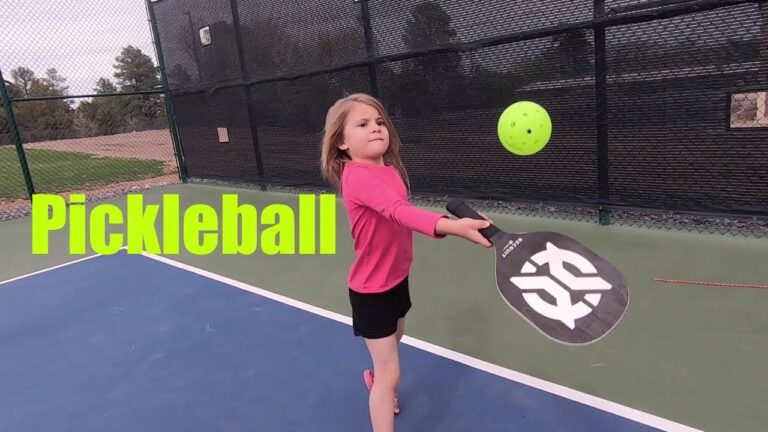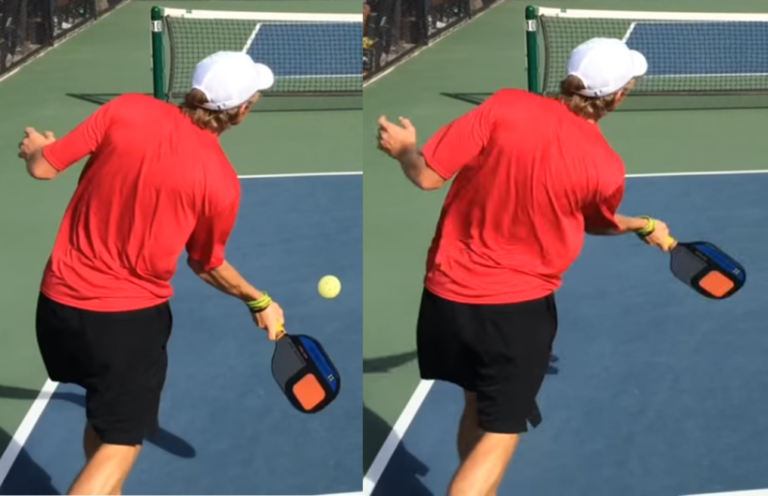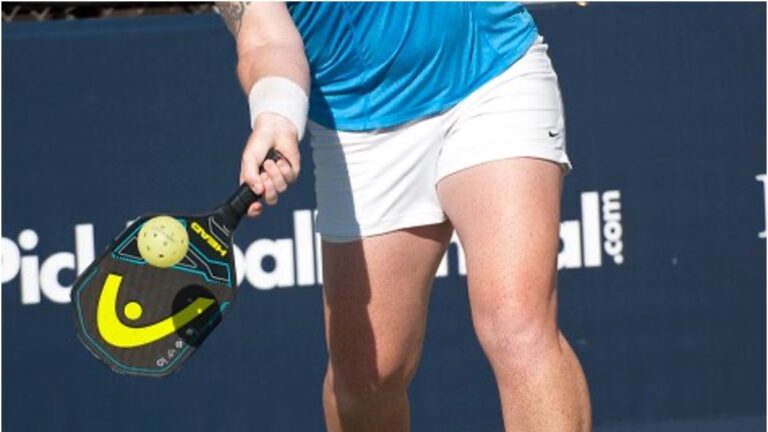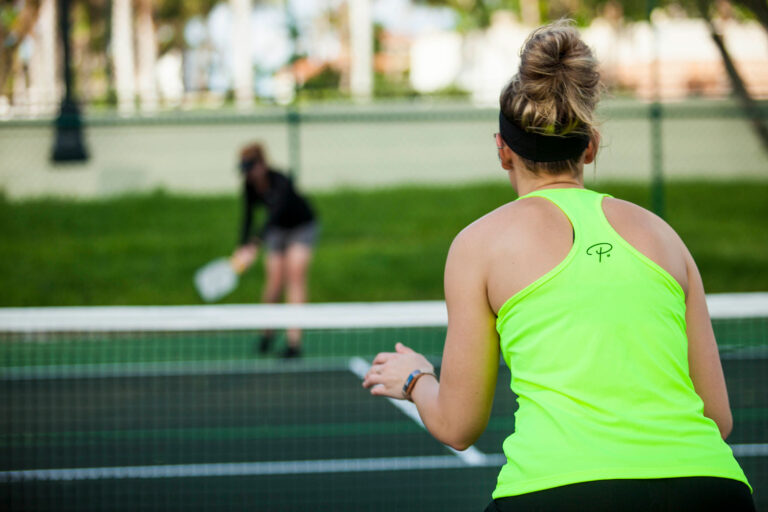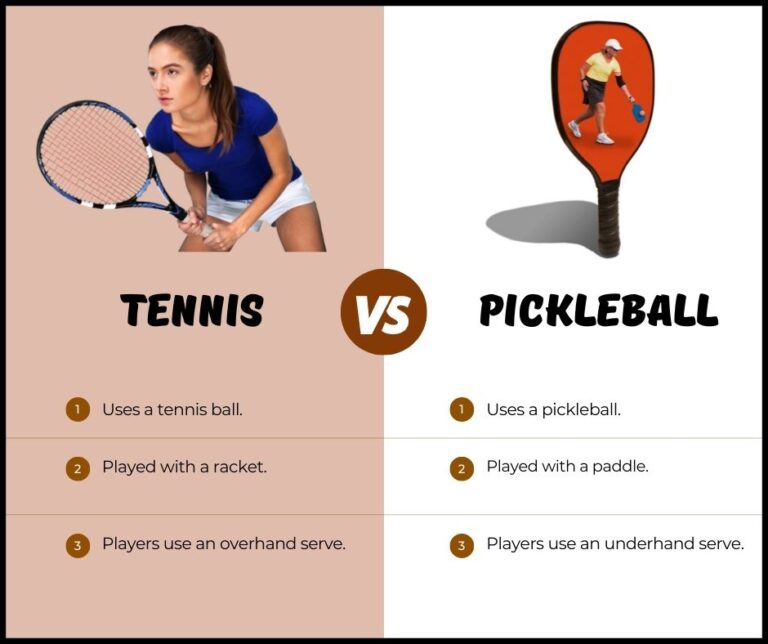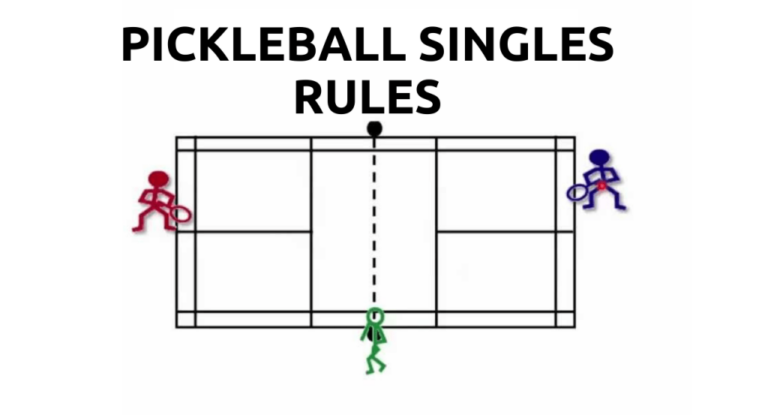Pickleball Grip : Choosing the Right Grip in Pickleball
In pickleball, selecting the appropriate grip is crucial for both comfort and gameplay efficiency. This guide explores the primary grips—continental, eastern, and western—helping you identify which suits your style and skill level. Whether you’re a beginner or seasoned player, understanding these grips ensures better control and reduced injury risk, making your game more enjoyable and competitive.
Key Takeaways:
- There are 3 main grips in pickleball – Eastern, Western, and Continental
- Choosing the right grip size is crucial for comfort, control, and injury prevention
- The Eastern grip is recommended for beginners to develop proper technique
- Use measurement techniques like the index finger or ruler test to determine your ideal grip size
- Slightly smaller grips with overgrips allow for customization
Mastering the Pickled Force: Choosing Your Grip Wisely
Picture this – you’re rallying away, a blur of dinks and dives, when suddenly your supposedly trusty paddle betrays you. It twists in your sweaty grasp like a slippery eel, sending your shot sailing into the next county. Sound familiar? If so, odds are you’re stuck in a grip gone wrong.
But fear not, padawan learners! For in the ways of the Pickled Force, how you wield your paddle is a path to mastery. And we’re here to guide you through the gossamer of pickleball greatness.
The Grips That Bind – Picking Your Purlicue
At the core of the picklesphere lie three grips – The Eastern, Western, and Continental – each uniquely suited to different playing styles and personal preferences. Think of them as the futons, loveseats, and chaise lounges of paddle gripping.
The Eastern Grip – The “Handshake Hello”

The Eastern grip is like the multi-tool of paddle grips – a versatile, go-to option that plays nice with both forehands and backhands. Just grip it like you’re shaking hands with the paddle and prepare to rally on, my friends!
This neutral stance is perfect for beginners finding their foothold. It encourages proper technique from the get-go and lets you focus on developing those dizzying dinks instead of grip gymnastics.
Pros:
- Versatile for forehand and backhand
- Builds good technical habits
- Allows focus on shots
Cons:
- Less specialized than other grips
The Western Grip – “Frying Pan Fandango”
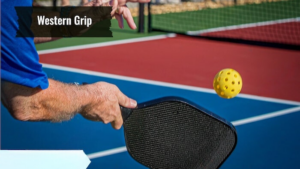
If the Eastern is a handshake, the Western is a frying pan sizzling with topspin potential. Angling the paddle grip complements a forehand-heavy game with wicked spin and bite.
But as with all great powers, it comes with a price – the extreme grip makes executing crisp backhands…well, грустная история (a sad story). So twirl that frying pan with gusto, just don’t get flipped when you have to backhand!
Pros:
- Generates topspin on forehands
- Offers offensive angle for drives
Cons:
- Awkward for backhand shots
- Can cause inconsistency
The Continental Grip – “Slicing Supremacy”

Last but not least, we have the Continental – the “Ginsu Knife” of grips. By turning the handle’s angle the other way, you open up slicing, chopping backhand supremacy perfect for players patrolling the cabana line.
It trades some forehand prowess for backhand blocking bliss. But who needs forehands when you can reset the kitchen dance with a sequence of stupefying saved slices? Not I, said the spider to the fly.
Pros:
- Excels at backhand blocks/slices
- Solid for defense and resets
Cons:
- Diminished forehand abilities
- Extreme angle unsuited for beginners
Grip Fit – Finding Your “Goldilocks” Zone
Now that you’re acquainted with the purveyors of pickle prowess, it’s time to nail that custom grip fit. Because a grip too loose is a sprouse, while one too tight is a…well, you get the idea.
Too small and you’re cramping up faster than a pianist playing Rachmaninoff. Too large and your paddle has more wiggle than a rave party. Getting it “just right” in that Goldilocks zone is key.
Measure Up – Pocket Protractor Party
Whip out your protractors, friends! We’re going full hand geometry to ascertain that perfect grip girth. The time-tested “Index Splaying” and “Ruler Wrangle” methods are grip sizing gospel.
For Index Splaying, simply splay that off-hand index finger along the grip, ensuring a snug but comfortable fit between finger and palm. A metal ruler works too – measure from that lower palm crease to your ring finger’s tip for your magic measurement.
Most standard grips range from a dainty 4 inches to a burly 4.75 inches in circumference. But the real pros know those conversions to millimeters (100mm to 123mm) like VSOP knows grapes.
| Grip Size | Inches | Millimeters |
|---|---|---|
| Small | 4″ | 100mm |
| Medium | 4 1/4″ | 108mm |
| Large | 4 1/2″ | 114mm |
| X-Large | 4 3/4″ | 123mm |
To Wrap or Not to Wrap – The Overgrip Tango
Here’s where it gets interesting – overgrips can tilt the grip size scales by a skosh (that’s fractions of an inch for the metrically disinclined).
Generally, an overgrip plumps things up enough to size down a half or full level on your bare grip. So if you’re teetering between sizes, size down and overgrip up to reach that cozy customized coefficient of cush.
Too thin is torture, too thick is a mess – hence why finding that accurate accretion (see what I did there?) is pure pickleball nirvana.
Avoid the Pitfalls – When Good Grips Go Bad
With great gripping power comes great gripping responsibility. Stray too far from the light side of grip-fu and you’ll be nursing ailments, throwing tantrums (that’s just pickle for a THHHBBBTTTT), and blowing bankrolls on replacement paddles.
Callus Creators and Tennis Elbow’s BFFs
Grips gone rogue are ouchie factories. Too small and you’re essentially wringing a strangled grip for every shot – a gasoline-covered rag just waiting to callus over and combust your local med system.
Overly large grips, meanwhile, loosen your grip tension and torque those poor tendons into oblivion. One stiff backhand later and you’re Googling “tennis elbow braces” along with the rest of the disgruntled picklers out there.
Death Grip Destroyer of Depth Perception
Pardon me, did your depth perception just commit seppuku? Because that floppy, flyaway stroke speaks of some seriously sketch grip issues.
When your grip’s too loose or sloppy, you lose the precision control and deft wrist work that separates the deftly drop-shotted from the doggedly dinked. One minute you’re feathering fireball rollouts, the next you’re FraggleRocking balls into the cyclone fencing.
All of which is to say – with great grip comes great responsibility. Avoid the pitfalls of bad grips, lest ye courts resound with the constant pock of sacrificial plastic orbs (and bank accounts).
Bringing It All Together – Gripping Optimization (for Mere Pickletons)
At the end of the dizzying dink-a-thon day, developing that sublime grip simply comes down to finding your personalized pickleball perpetuity – that Shakra-centered strokeplay synchronicity that separates the barns from the bangers.
Honestly assess your:
- Playing strengths
- Styles
- Personal hand geometry
Don’t be afraid to demo grips and sizes until you stumble upon that elusive comet-tail grip delight. Achieving a grip on greatness could be a simple swap or over grip away.
Just remember – no grip is irreversibly dooming. Chalk up ill-fitted love affairs to experience and keep tuning that torsion until you unlock your personal grip to pickle palette Nirvana.
And if all else fails? Shimmy up to your friendly neighborhood paddle pro’s salt mines and let them guru your game into gripping gospel!

